
If the Imperial City is a defensive wall, the Hue Imperial City has the function of protecting the most important palaces of the royal court, the temples of the Nguyen Dynasty's ancestors and the Forbidden City - a place reserved for the king and the royal family. In the photo is a panoramic view of the Hue Imperial City, with Ngo Mon as the largest gate.
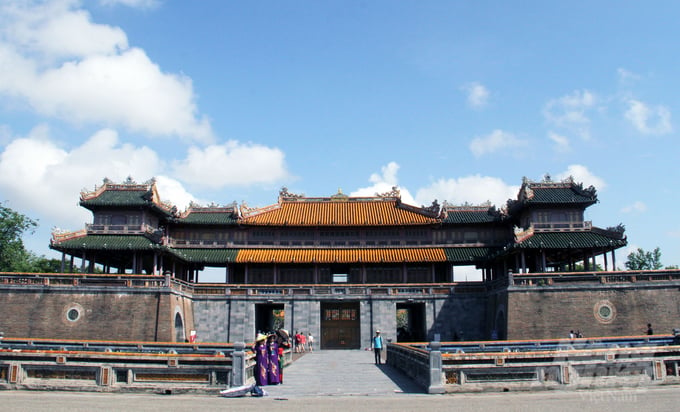
Ngo Mon, the main southern gate of Hue Imperial City. The southern direction is associated with the concept of “The Emperor must face south to rule the world”.
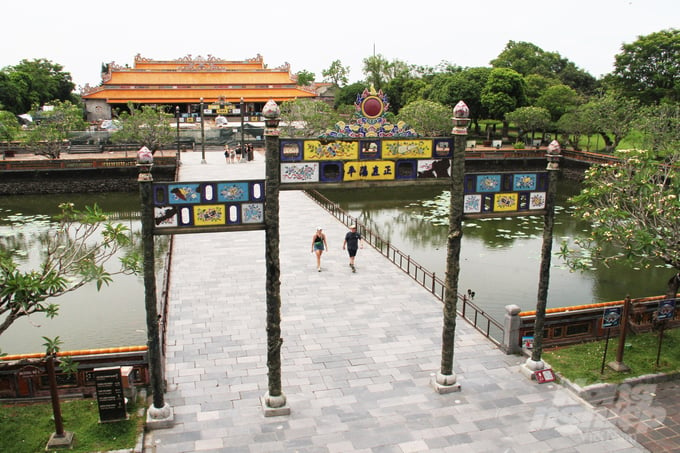
Trung Dao Bridge seen from Ngo Mon Gate. Across the bridge is Thai Hoa Palace, which used to be a symbol of power of the Nguyen Dynasty.
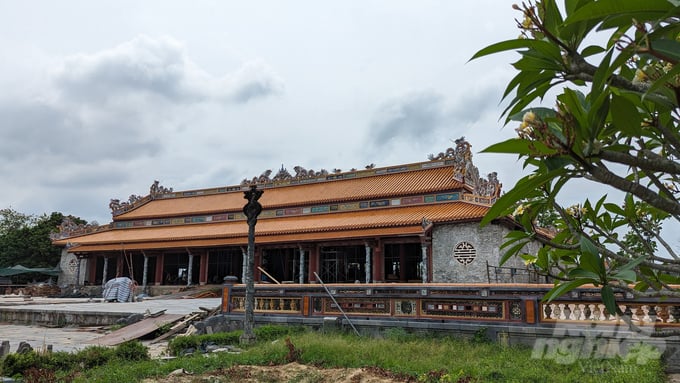
Thai Hoa Palace was built on a 1 meter high foundation, with an area of 1360 m², majestic and imposing, overlooking a large yard. This is also a place to show the power of the country. This palace is currently being restored.

In the photo a worker is repairing the old wall outside the palace.

A worker is diligently working on restoring Thai Hoa Palace.

The tiled roof of Thai Hoa Palace, in the distance is Phu Van Lau with a prominent red flag.
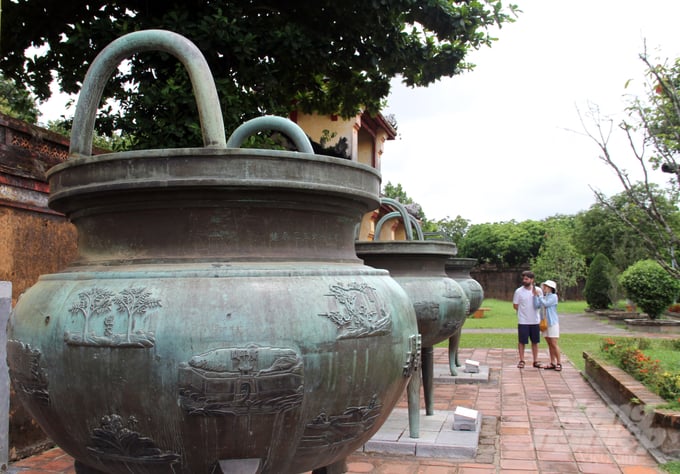
The Nine Tripods are nine bronze cauldrons ordered by King Minh Mang to be cast in the winter of 1835 and inaugurated on March 1, 1837. All nine cauldrons have been located behind Hien Lam Pavilion, opposite The To Temple, since they were built there until today.
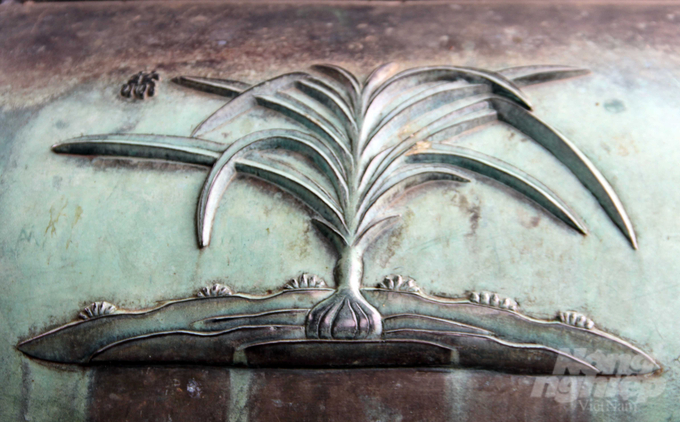
The reliefs on the Nine Tripod Cauldrons have just been recognized by the UNESCO Memory of the World Committee for Asia- Pacific as documentary heritage of the Asia-Pacific region.

Hien Lam Pavilion is considered a memorial to commemorate the achievements of the Nguyen Dynasty kings and great mandarins of the dynasty. Behind Hien Lam Pavilion is where the Nine Urns are located.
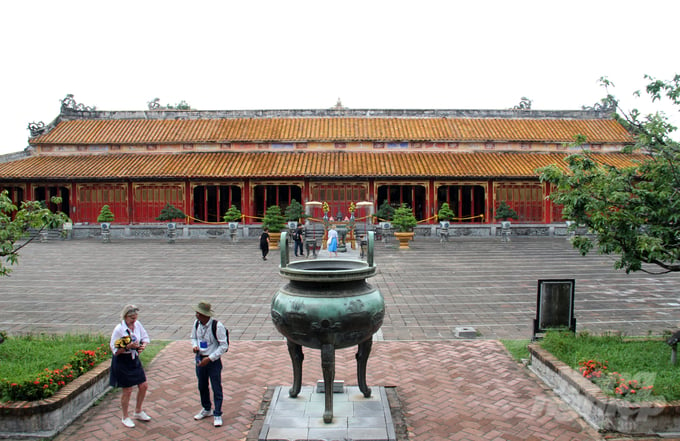
The peak is located opposite the The To Mieu.
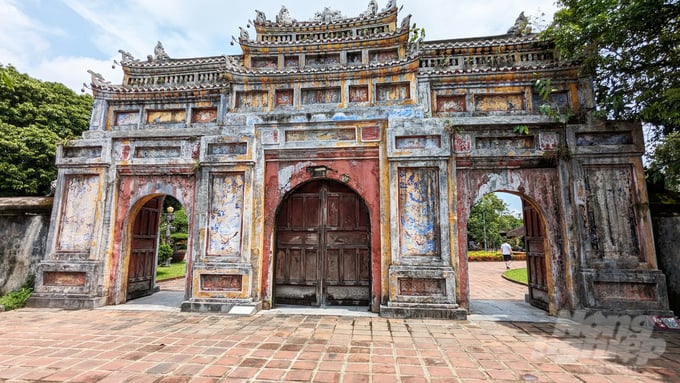
The Tam Quan Gate of Dien Tho Palace, the residence of the Queen Mothers or Grand Queen Mothers of the Nguyen Dynasty. This is also the largest remaining palace architectural system in the ancient capital of Hue.
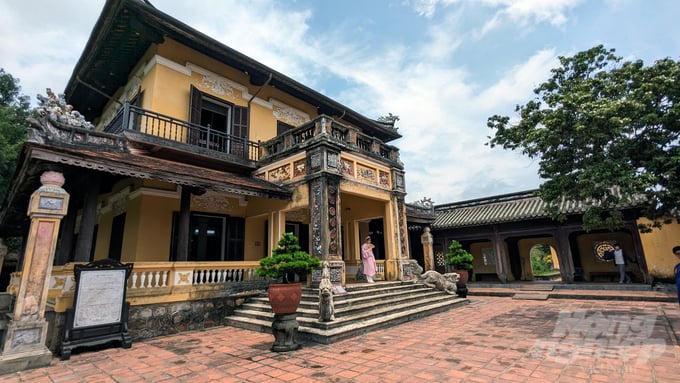
Tinh Minh Tower is located in the Dien Tho Palace grounds and was built in 1927 under the reign of King Bao Dai, on the foundation of Thong Minh Duong, one of many Tuong theaters built by the Nguyen Dynasty in the Imperial Citadel. This was once the residence of Tu Cung, the mother of King Bao Dai.

Documentary images on display in Tinh Minh building.

Kien Trung Palace has just been restored, the palace has a mixed architecture of Asia - Europe. This is also the venue for the opening ceremony of Hue Festival 2024 and a number of art programs.
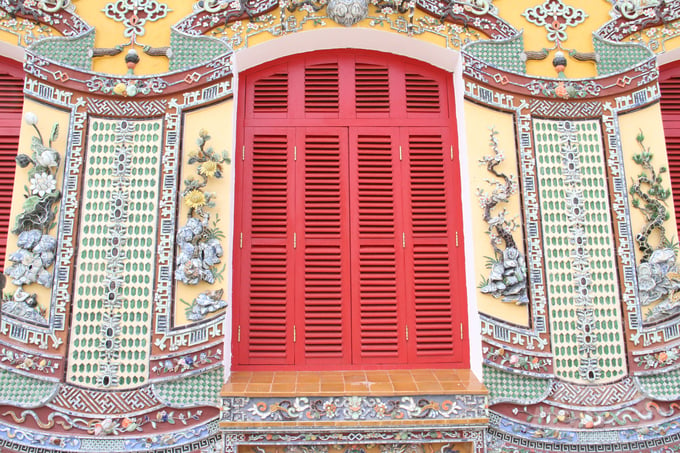
Porcelain mosaic decoration outside Kien Trung Palace.

The exterior of Kien Trung Palace.

Interior of Kien Trung Palace.

Inside The To Temple, where the tablets of 13 Nguyen Dynasty kings are worshiped.
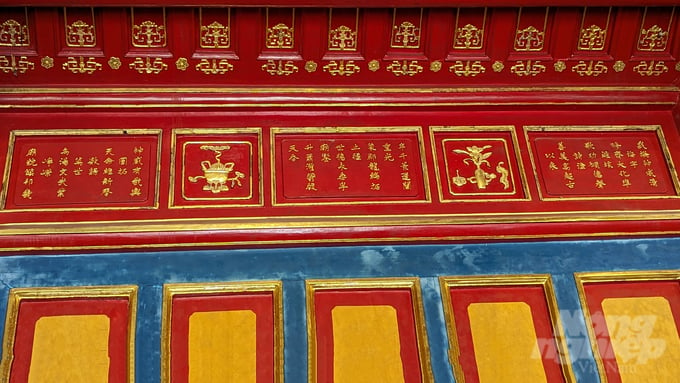
The decoration style following the "One painting, one poem" model is often found in Hue royal architecture.
Source: https://nongnghiepmoitruong.vn/toan-canh-cong-trinh-kien-truc-co-hoang-thanh-hue-d389018.html




![[Photo] Special class in Tra Linh](https://vphoto.vietnam.vn/thumb/1200x675/vietnam/resource/IMAGE/2025/11/14/1763078485441_ndo_br_lop-hoc-7-jpg.webp)


![[Photo] Deep sea sand deposits, ancient wooden ship An Bang faces the risk of being buried again](https://vphoto.vietnam.vn/thumb/1200x675/vietnam/resource/IMAGE/2025/11/13/1763033175715_ndo_br_thuyen-1-jpg.webp)














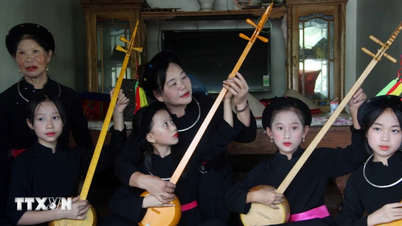










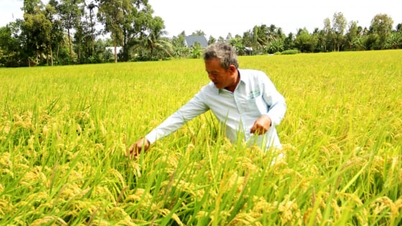
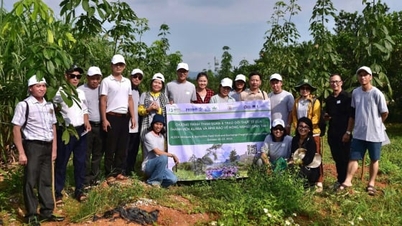
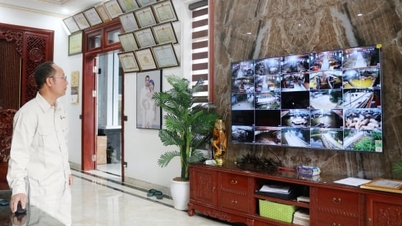

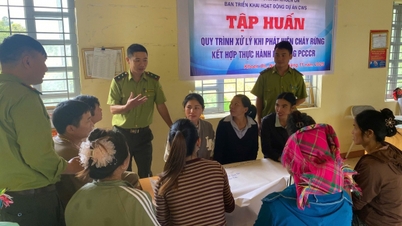
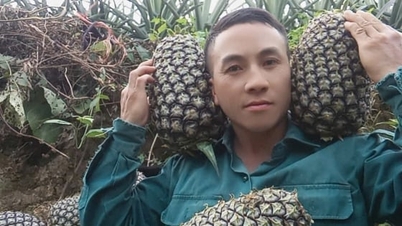


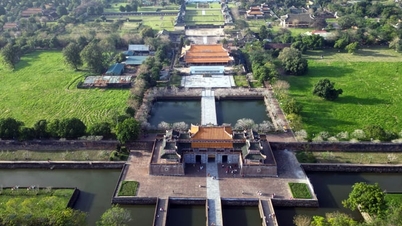




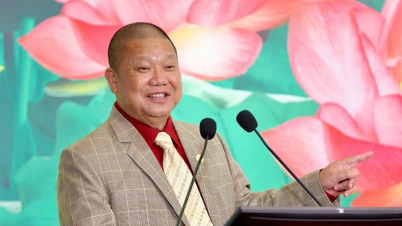








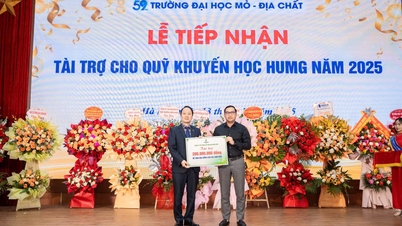
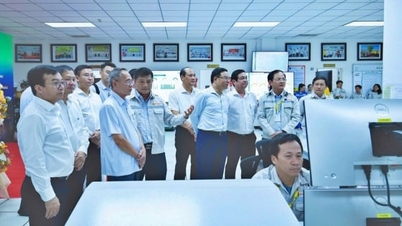







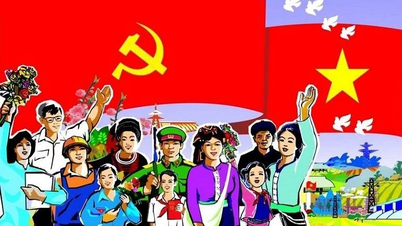


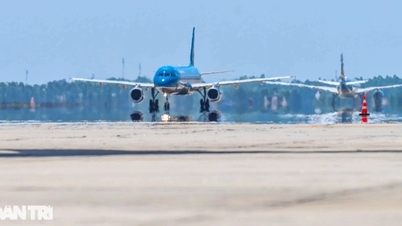

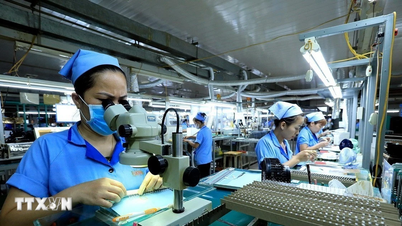

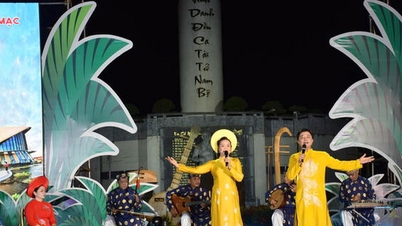

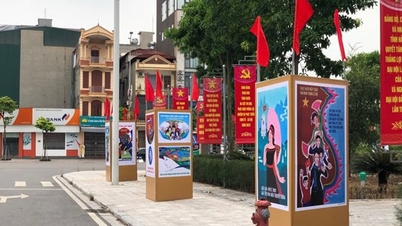








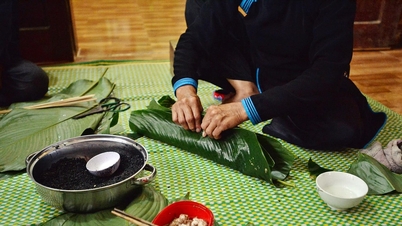

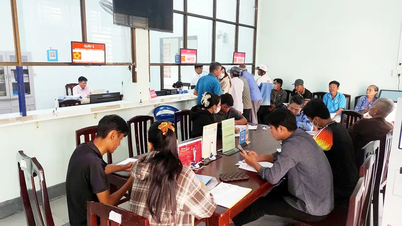





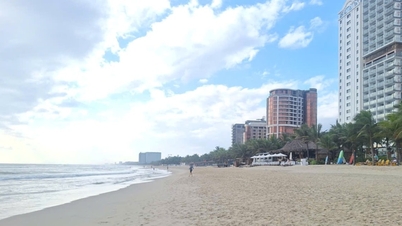







![Dong Nai OCOP transition: [Article 3] Linking tourism with OCOP product consumption](https://vphoto.vietnam.vn/thumb/402x226/vietnam/resource/IMAGE/2025/11/10/1762739199309_1324-2740-7_n-162543_981.jpeg)






Comment (0)